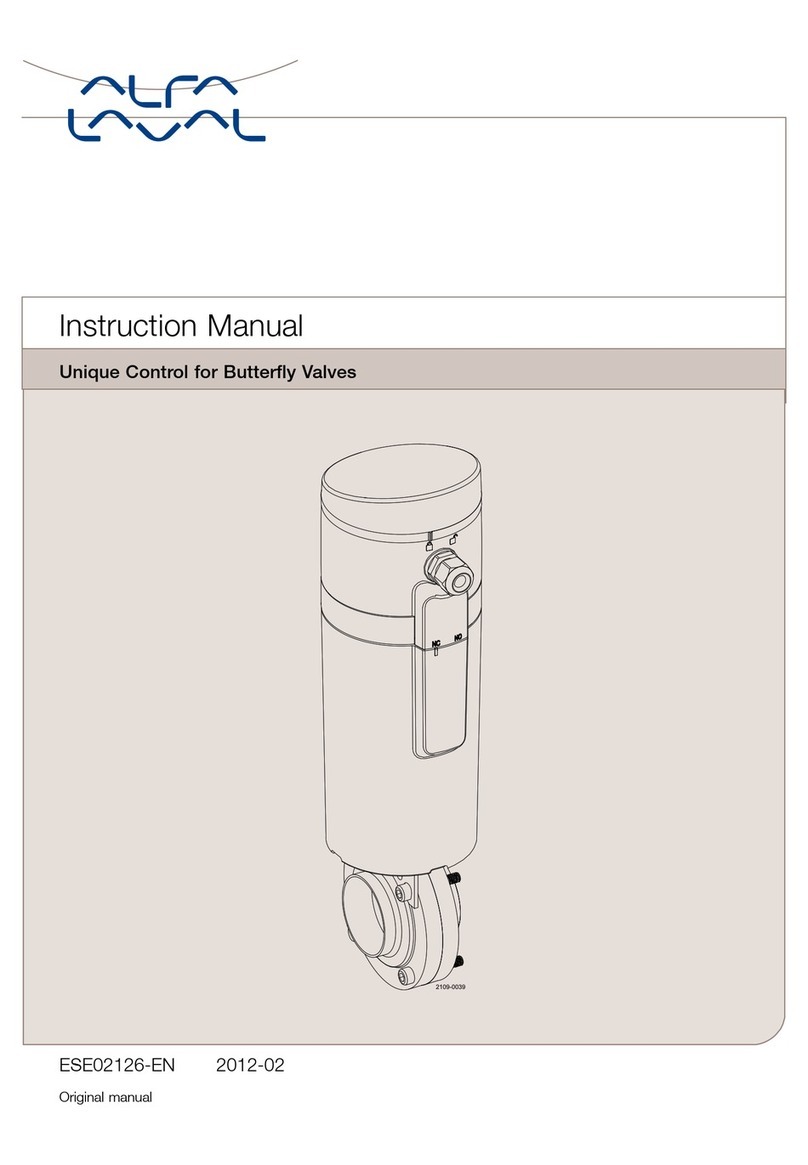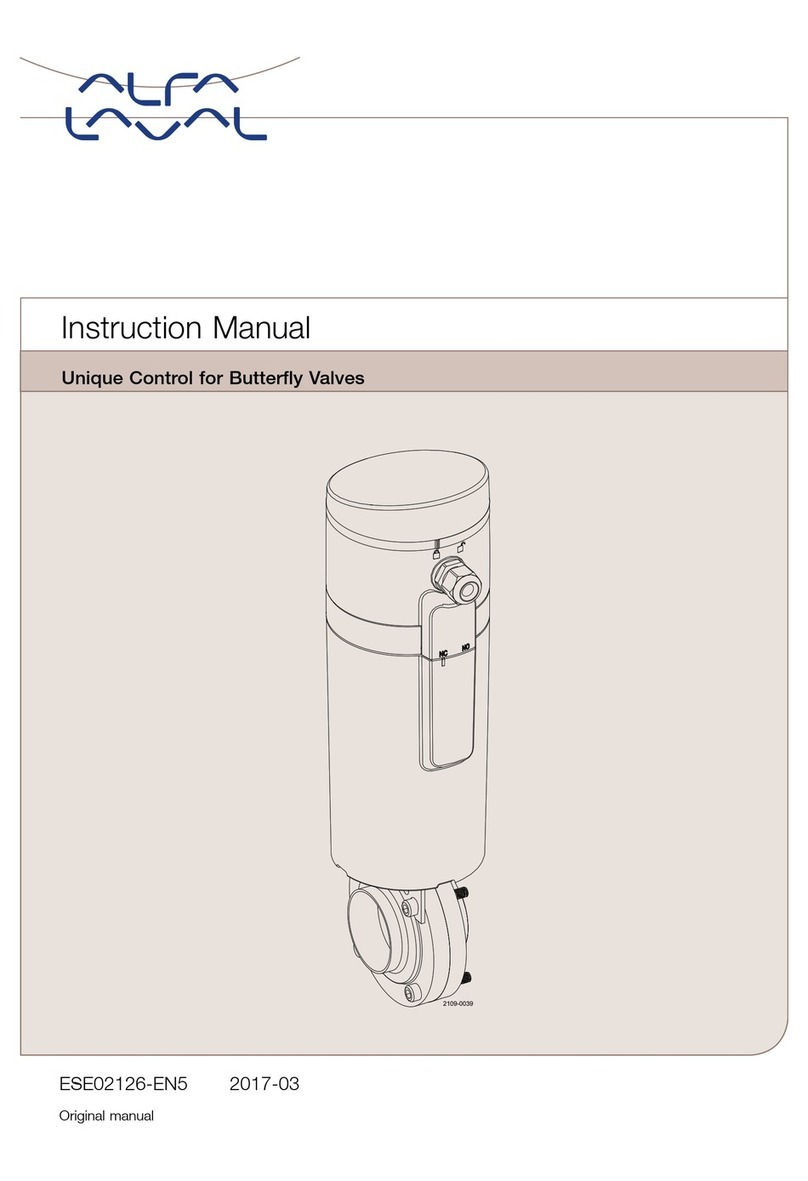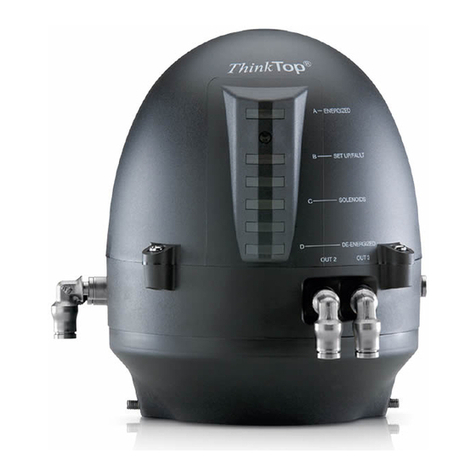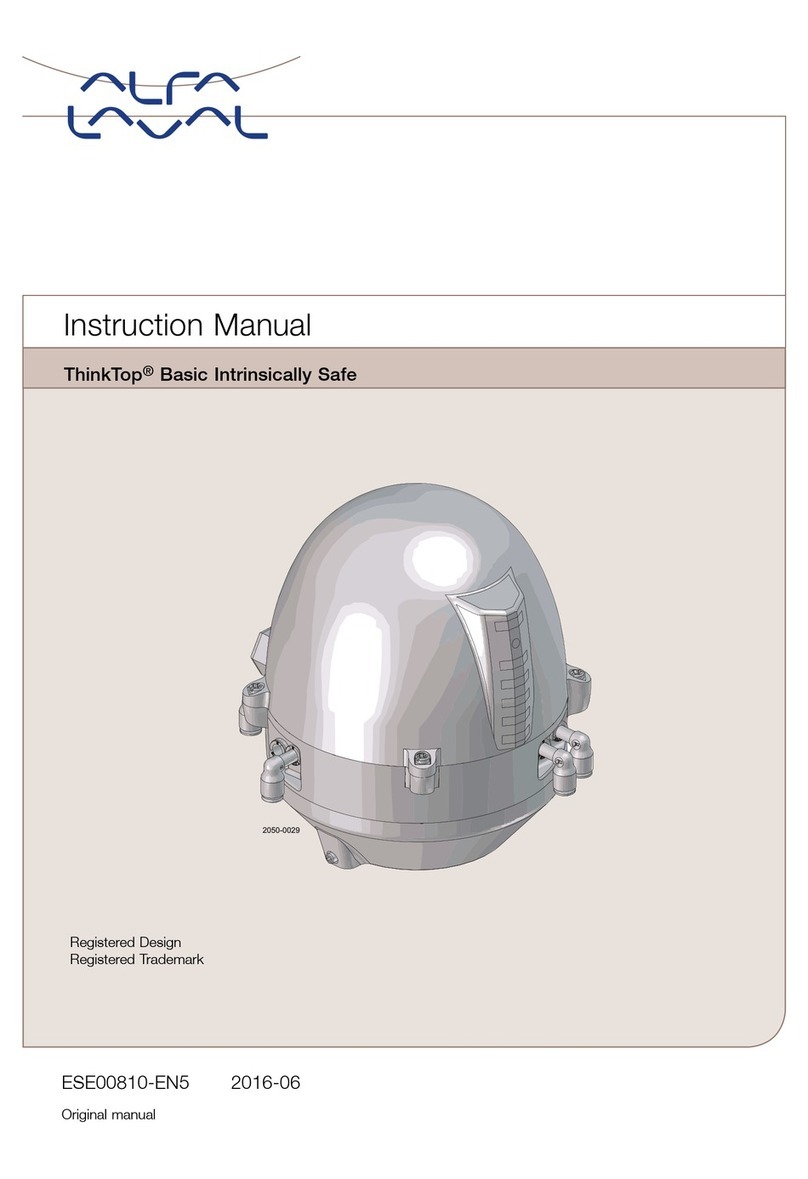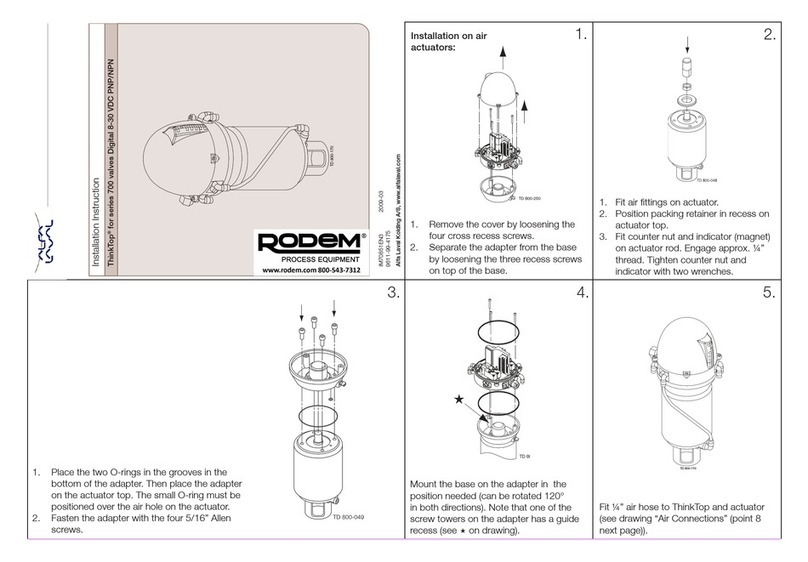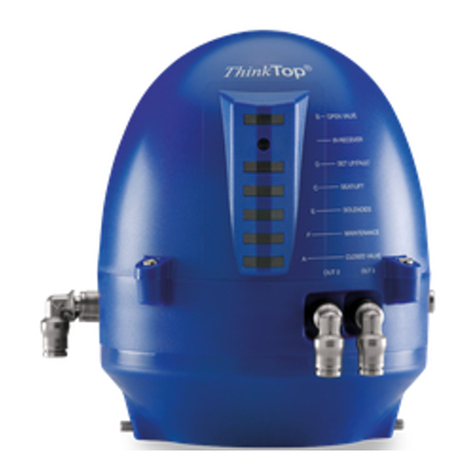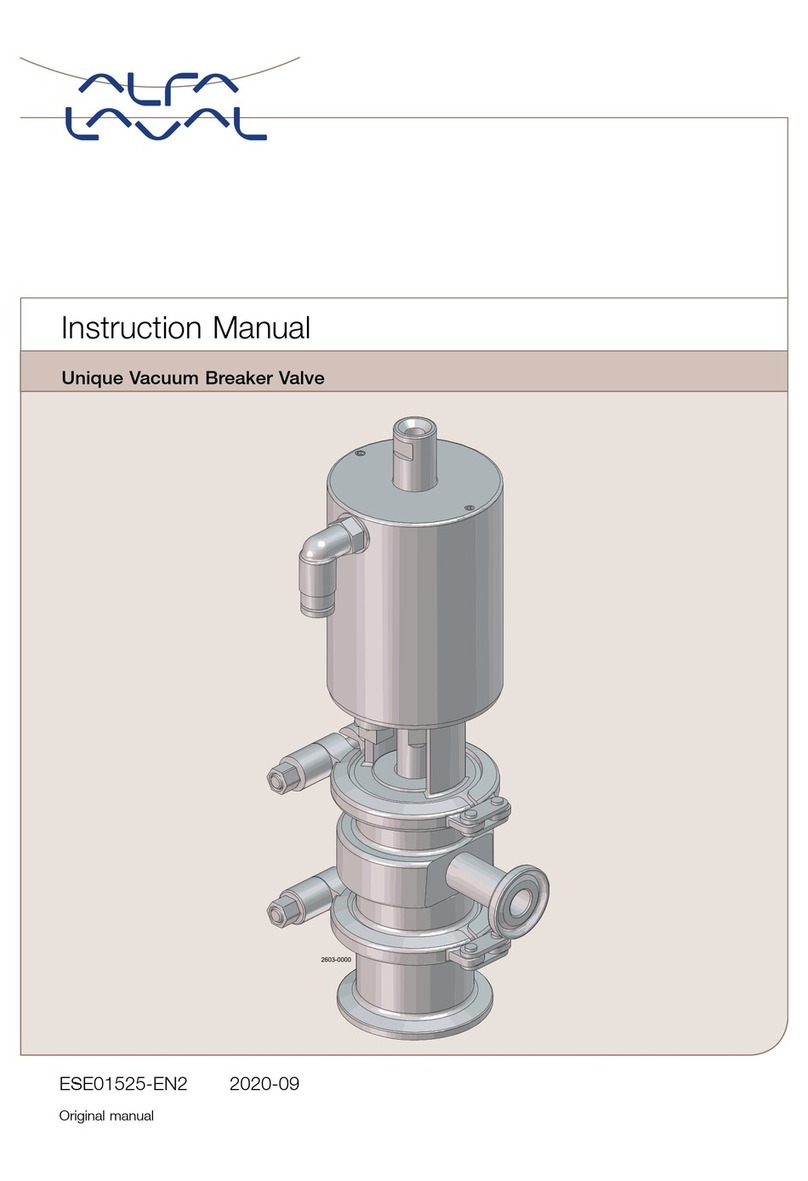Table of contents
The information herein is correct at the time of issue but may be subject to change without prior notice
1. EC Declaration of Conformity ....................................................................... 4
2. Safety .................................................................................................... 5
2.1. Important information ............................................................................. 5
2.2. Warning signs ..................................................................................... 5
2.3. Safety precautions ................................................................................ 6
3. Installation .............................................................................................. 7
3.1. Unpacking/delivery ............................................................................... 7
3.2. General installation ................................................................................ 8
3.3. Welding ............................................................................................ 9
3.4. Fitting actuator/bracket/handle on the valve (optional extras) ................................ 10
3.5. Recycling information ............................................................................. 11
4. Operation ............................................................................................... 12
4.1. Operation .......................................................................................... 12
4.2. Troubleshooting ................................................................................... 13
4.3. Recommended cleaning ......................................................................... 14
5. Maintenance ........................................................................................... 15
5.1. General maintenance ............................................................................. 15
5.2. Dismantling the valve ............................................................................. 17
5.3. Valve assembly .................................................................................... 18
5.4. Dismantling of actuator ........................................................................... 19
5.5. Assembly of actuator ............................................................................. 20
6. Technical data ......................................................................................... 21
6.1. Technical data ..................................................................................... 21
7. Parts list and service kits ............................................................................ 24
7.1. Drawing ............................................................................................ 24
7.2. LKB UltraPure Butterfly Valve, ISO .............................................................. 25
7.3. LKB UltraPure Butterfly Valve, ASME ........................................................... 27
7.4. LKB UltraPure Butterfly Valve, DIN .............................................................. 29
7.5. LKB lockable multiposition handle for valve .................................................... 31
7.6. LKB handle 1.1 for Butterfly Valve .............................................................. 33
7.7. Handle 1.1 for indication unit .................................................................... 35
7.8. LKLA actuator air/spring (NC-NO) ø85 ......................................................... 37
7.9. LKLA actuator air/air ø85 ........................................................................ 39
7.10.LKLA actuator air/spring (NC-NO) ø133 ........................................................ 41
7.11.LKLA actuator air/air ø133 ....................................................................... 43
7.12.LKLA-T actuator air/spring (NC-NO) ø85 ....................................................... 45
7.13.LKLA-T actuator air/air ø85 ...................................................................... 47
7.14.LKLA-T actuator air/spring (NC-NO) ø133 ..................................................... 49
7.15.LKLA-T actuator air/air ø133 .................................................................... 51
3
